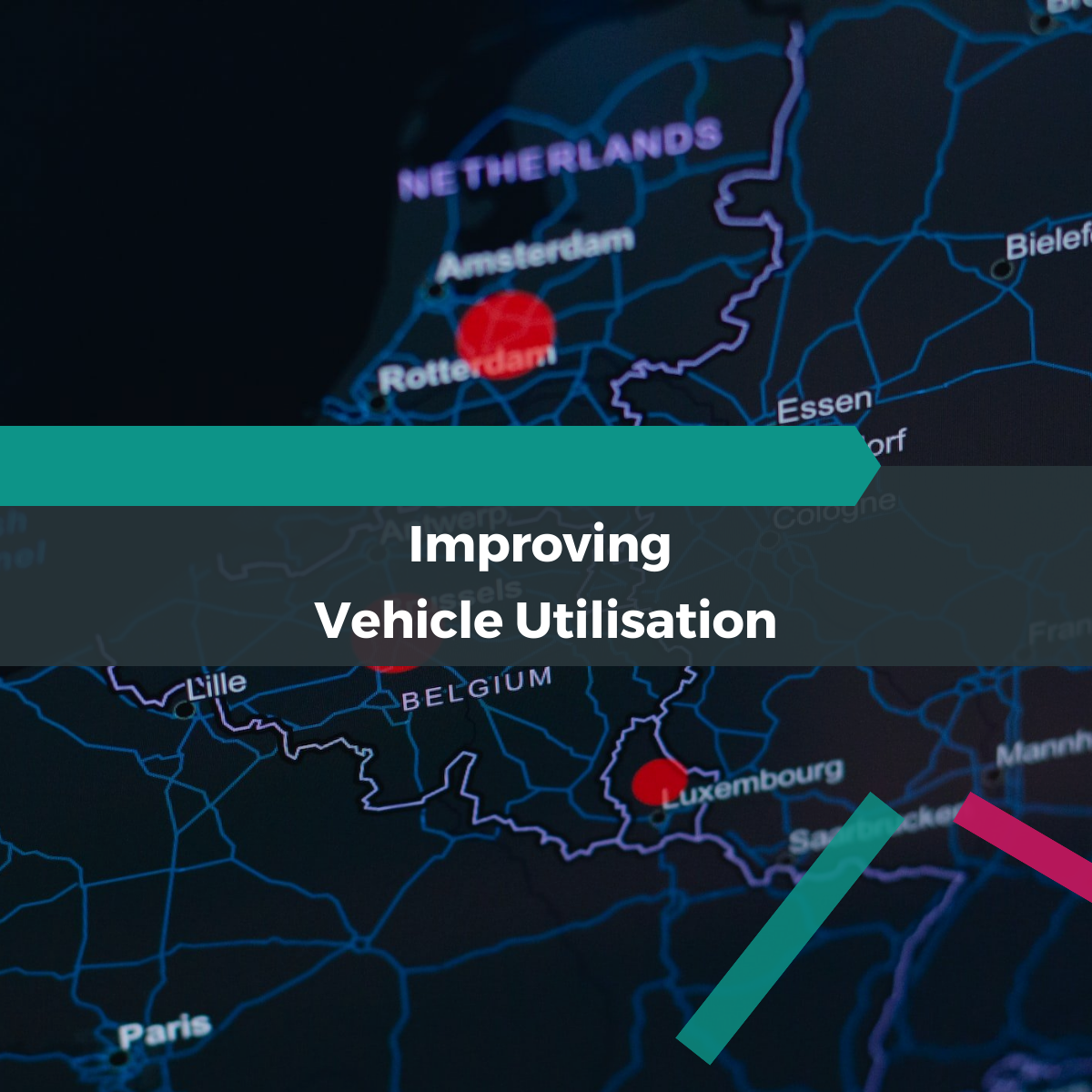HGV Driver Hours Explained Simply

The rules on UK driving hours are based on regulations set by the European Union. These rules apply to drivers of vehicles above 3.5 tonnes (some exemptions apply).
HGV Drivers Hours Explained
Breakdown:
9 hours daily maximum - but can increase to 10 hours maximum, twice a week.
56 hours maximum per week.
90 hours maximum per fortnight.
There is a 9 hour daily driving limit. This limit can increase to 10 hours twice a week. In total, the weekly allowance is a maximum of 56 hours. So under this guideline a driver can work:
4 days of 9 hours of driving, and 2 days of 10 hours of driving. Which would equal 56 hours for that week.
However, there is also a driving limit of 90 hours maximum per fortnight. So under the above example, if a driver was to work 56 hours in week 1. The second week would therefore have to be limited to 34 hours.
HGV Driver Working Hours and Shifts
A drivers can work up to 15 hours, as long as the actual driving time doesn’t exceed 10 hours per day and the driver has received adequate breaks in between.
A shift can look like:
Driving time.
Deliveries: loading/unloading (or supervising loading/unloading).
Admin.
Vehicle Checks.
Training.
Rest periods.
Breaks.
A driver can only work 3 days of 15 hour shifts (with driving limitations) per week. In this scenario, the driver will have to take a ‘Reduced Rest’ period - these will be explained later.
The total working time must not exceed an average of 48 hours per week, which is usually calculated over a rolling 17 week period - but it can be extended to a 26 week period under a collective or workforce agreement.
The maximum weekly working time must not exceed 60 hours per week (provided the average working time is still adhered to).
HGV Driver Mandatory Breaks and Rest
Breakdown:
HGV Drivers need a minimum of 13 hours of rest per day, or
A reduced daily rest period of 9 hours (if they are entitled to it).
Drivers are required to take a 45 minute break after 4.5 hours of driving (or 6 hours of working, whichever comes first).
Drivers must take an 11 hour rest period without interruption, or
Split rest period of 12 hours across 2 periods - this must be split with a minimum of 3 hours for the first break and minimum of 9 hours for the second break, or
Reduced daily rest period of minimum 9 hours (if they are entitled to it).
At the end of every week there must be a rest period of 45 consecutive hours, or
A reduced weekly rest period of 24 hours (permitted once per fortnight).
Daily Breaks
A driver cannot drive for longer than 4.5 hours without taking a break of at least 45 minutes. Taking a 45 minute break means a new 4.5 hours of driving can begin.
This break can be taken at one time, prior to exceeding 4.5 hours driving, or
Split into 2 breaks of 15 minutes and 30 minutes (in this order). Both breaks must be taken before exceeding 4.5 hours.
HGV driving hours example:
If the driver takes a 45 minute break after 3 hours of driving, the 4.5 hours refreshes, the remaining time of 1.5 hours they had does not add on to the next 4.5 hours.
If a driver takes a 15 minute break after 2 hours of driving, they must take the remaining 30 minute break after the subsequent 2.5 hours driving - they cannot drive for another 4.5 hours as this would push them to 6.5 hours having not taken the full 45 minute break.
Continuous Rest
There are three different ways in which a driver could take a continuous rest period.
11 hour rest period without interruption - this is relatively self explanatory and it allows a driver to work a maximum of 13 hours in the previous shift.
Split rest period of 12 hours across 2 periods - must be split 3 hours for the first break and 9 hours for the second break.
This allows the driver to work a maximum of 12 hours in a 24 hour period. This break would generally be taken for planning purposes, for example if a driver needs to complete both an early morning and a late evening delivery.
The final situation allows for a reduced daily rest period of 9 hours minimum. As we discussed previously, a driver can work up to 15 hours per day, however, this situation does not allow for an 11 hour continuous rest within a 24 hour period. Therefore, a driver can reduce this break to 9 hours, a maximum 3 times a week.
HGV driver continuous rest example:
A driver is asked to work 5 days a week (Mon-Fri) starting at 6 am and finishing at around 7-9 pm.
Three of these days, the driver can use reduced rest periods - where they are working the full day and rest for a minimum of 9 hours overnight.
In this scenario, it is impossible for the driver to take a continuous 11 hour break period. So, for the remaining two days the driver will take a split rest period - where their day could be; starting work at 6am to complete a delivery - returning home for a minimum of three hours of rest - returning to work for another delivery - and finally returning home where they will rest for a minimum of 9 hours. Ensuring the entire split rest, of minimum 12 hours, is completed within the 24 hour period.
End of Week Rest
Finally, over the course of a week, drivers must take one continuous rest period of 45 hours. This can be lowered to 24 hours of reduced rest, but only once a fortnight.
A driver must start a weekly rest period no later than at the end of six consecutive 24-hour periods from the end of the last weekly rest period.
What are the fines if you break HGV driving rules?
If you break the rules, authorities can legally look at the past 28 days of driving data and issue fines of up to £1500.
If the law is found to be broken more than 5 times, the driver (and their company or employer) can be taken to court, with their vehicle, HGV licence and operators licence at risk.
What about van drivers or vehicles under 3.5 tonnes?
For vehicles weighing less than 3.5 tonnes, these rules do not apply, Instead domestic rules and regulations are in place. These rules are slightly less confusing and state you must not drive for more than 10 hours over a 24-hour period. You also cannot exceed the maximum of 11 hours duty in a single day: this is the total time you spend driving and working for an employer.
































